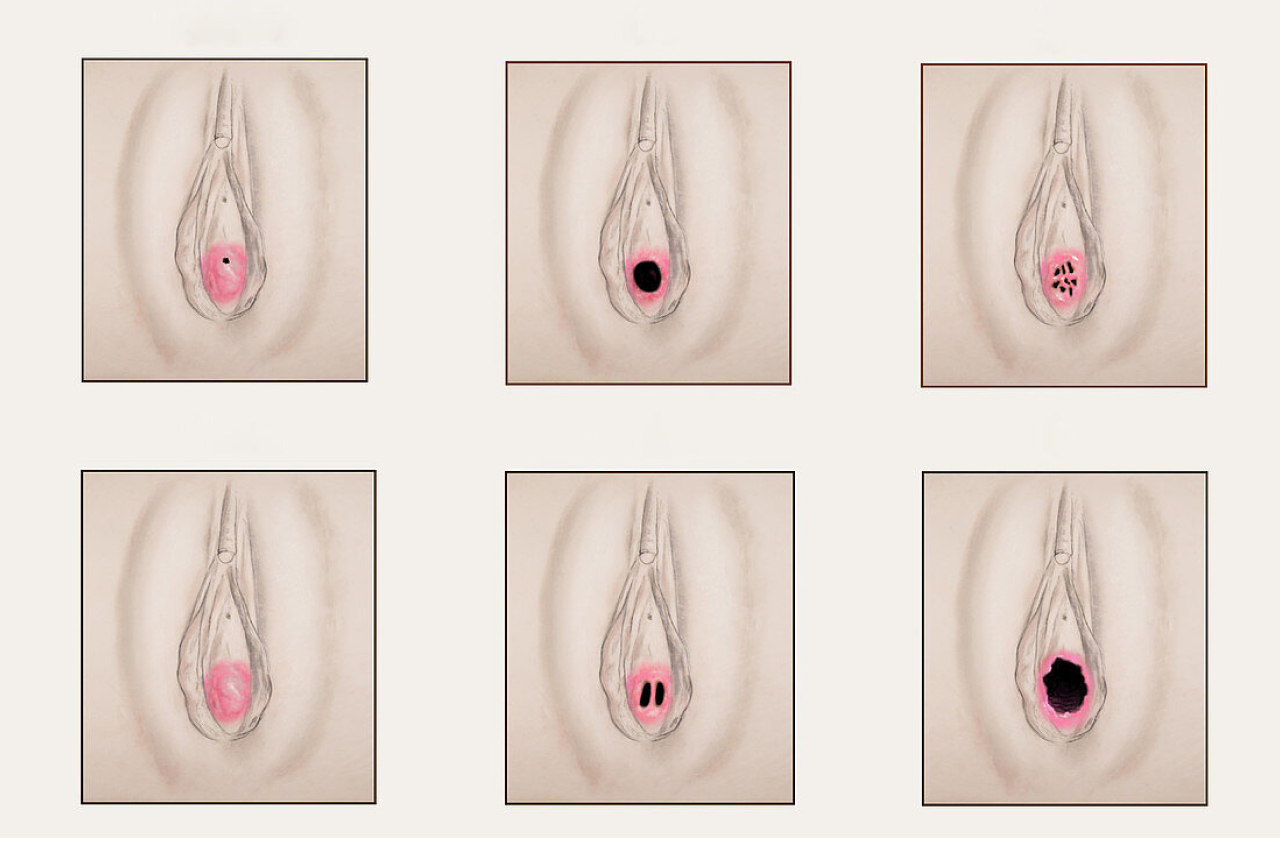
The hymen is a small part of the female reproductive system that has been widely misunderstood. Throughout history, various myths and misconceptions have surrounded the hymen, leading to confusion and misinformation. In this article, we’ll provide clear, medically accurate information about the hymen, its anatomy, function, and the common myths associated with it.
What Is the Hymen?
The hymen is a thin, flexible tissue that partially covers the vaginal opening. Contrary to popular belief, it is not a solid membrane that completely seals the vagina. Instead, it naturally contains an opening to allow for menstrual flow. The size, shape, and thickness of the hymen vary greatly among individuals, and some women are even born with little to no hymenal tissue.
Types of Hymen: Anatomy and Structure
The hymen is located at the entrance of the vagina and its appearance comes in a variety of forms. Some common variations include:
- Crescent-shaped: A curved band of tissue leaves part of the vaginal opening exposed.
- Annular (ring-like): One of the most typical types where a circular structure surrounds the vaginal opening.
- Fimbriated (fringe-like): An irregular, stretched-out hymen with multiple small extensions.
- Imperforate: A rare condition where the hymen completely blocks the vaginal opening, requiring medical intervention.
Important Note: The appearance of the hymen is not an indicator of virginity or sexual experience. Many factors, including physical activity, tampon use, and even natural stretching over time, can alter the hymen’s structure. So, don’t believe those rumors!
Function (or Lack Thereof)
The precise function of the hymen remains unclear. Some researchers suggest it may have provided minor protection against infections in early human development, but it serves no significant physiological role in adulthood. It is also important to remember that contrary to popular belief, the condition or presence of the hymen does not determine a woman’s sexual history or activity.
Myths and Misconceptions
Many misconceptions about the hymen persist, often leading to unnecessary stigma and misinformation. Some of the most common myths and misconceptions include:
"The hymen breaks or pops during first intercourse."
The hymen naturally stretches over time, and first intercourse may not necessarily cause any significant tearing or bleeding. In some cases, the hymen may not change at all.
"The hymen is proof of virginity."
There is no medical basis for this belief, as the hymen’s condition varies widely and can change due to non-sexual activities such as exercise, tampon use, or medical examinations.
"A doctor can determine a woman’s sexual history by examining the hymen."
No medical examination can definitively prove whether someone has had sex based on the hymen alone. The presence or absence of hymenal tissue is not a reliable indicator of sexual activity.
Still unsure of what to believe in or not? Talk to medical professionals and have the peace of mind that you deserve. Dr. Benz Alonzo and Dr. Benjamin Alonzo of Alonzo Cosmetic Surgery are two of the best surgeons in the country who have been in the field since 1987. Consider scheduling a confidential consultation today to discuss all available treatment options and determine the best course of action for your specific needs.
Hymenoplasty
While the hymen has no medical significance, some people choose to undergo hymenoplasty, a surgical procedure to reconstruct the hymenal tissue. This decision is often influenced by personal, cultural, or religious reasons. Considering a hymenoplasty procedure? You can learn more about the available options here.
Disclaimer: This article about the hymen is for educational purposes only and does not constitute medical advice. If you have concerns about your reproductive health, consult a qualified healthcare professional for proper guidance.
FAQs
1. Does everyone have a hymen?
No, some individuals are born with very little or no hymenal tissue. The amount of hymenal tissue varies significantly from person to person, and in some cases, it may be nearly absent at birth. This is a natural variation and does not indicate any health issues.
2. What happens to the hymen during sex?
The hymen may stretch or tear slightly, but this does not always result in bleeding or pain. Some hymens are more elastic than others and may not tear at all. Activities like sports, tampon use, or medical exams can also gradually stretch the hymen over time without causing any discomfort.
3. Is bleeding during first intercourse normal?
Not necessarily. Some women may experience slight bleeding due to minor hymenal stretching, while others may not bleed at all. Factors such as the hymen’s elasticity, hydration, and previous stretching through non-sexual activities can influence whether bleeding occurs.
4. Can a doctor tell if someone has had sex by examining the hymen?
No. There is no reliable medical way to determine sexual activity through a hymen examination. The hymen’s appearance can change due to many factors unrelated to sexual activity, making it an unreliable indicator of virginity.
5. What is an imperforate hymen?
An imperforate hymen is a condition where the hymenal tissue completely blocks the vaginal opening, preventing menstrual blood from exiting the body. This condition often becomes apparent during puberty when a girl experiences symptoms such as abdominal pain, lack of menstruation, or difficulty inserting tampons. Minor surgical intervention is required to create an opening for menstrual flow.
6. Why do some cultures place importance on the hymen?
Cultural beliefs about the hymen often stem from misconceptions regarding virginity and purity. However, these beliefs are not based on medical or scientific evidence. By understanding the facts about the hymen, we can help dispel myths and promote a more informed perspective on female reproductive health.
7. Where can I get a safe hymen consultation in the Philippines?
Alonzo Cosmetics Surgery Clinic offers a safe and professional environment for different types of consultations. Schedule a consultation now to discuss your options and explore the best method for you.
Visit our website to learn more about how we can help. See you soon!